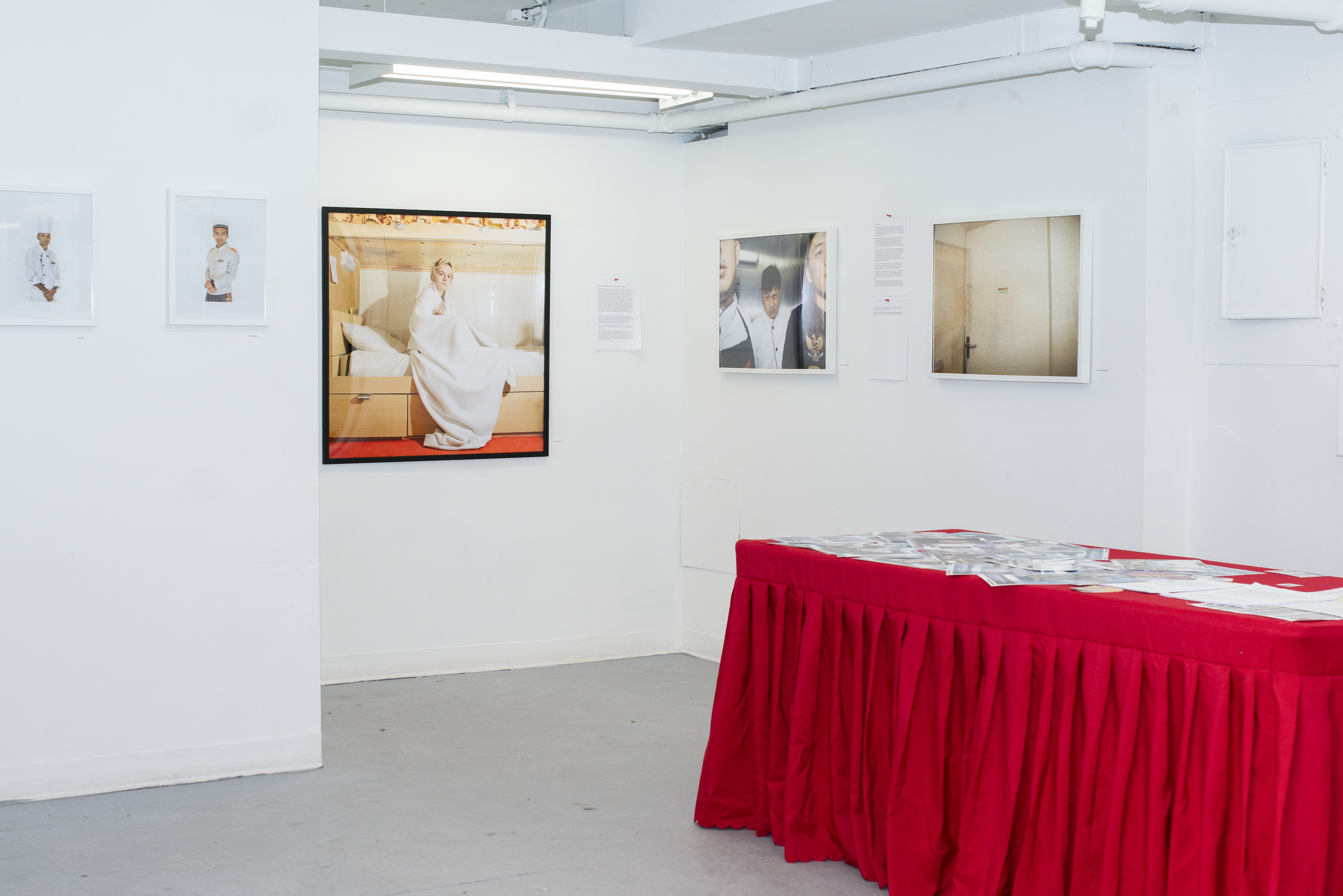Living and working on a cruise ship is an intense and immersive existence. This show documents my experience through photos and narratives.
WARNINGS: Some of these narratives include descriptions of racism towards Asian people, classism, and general sexism and homophobia.
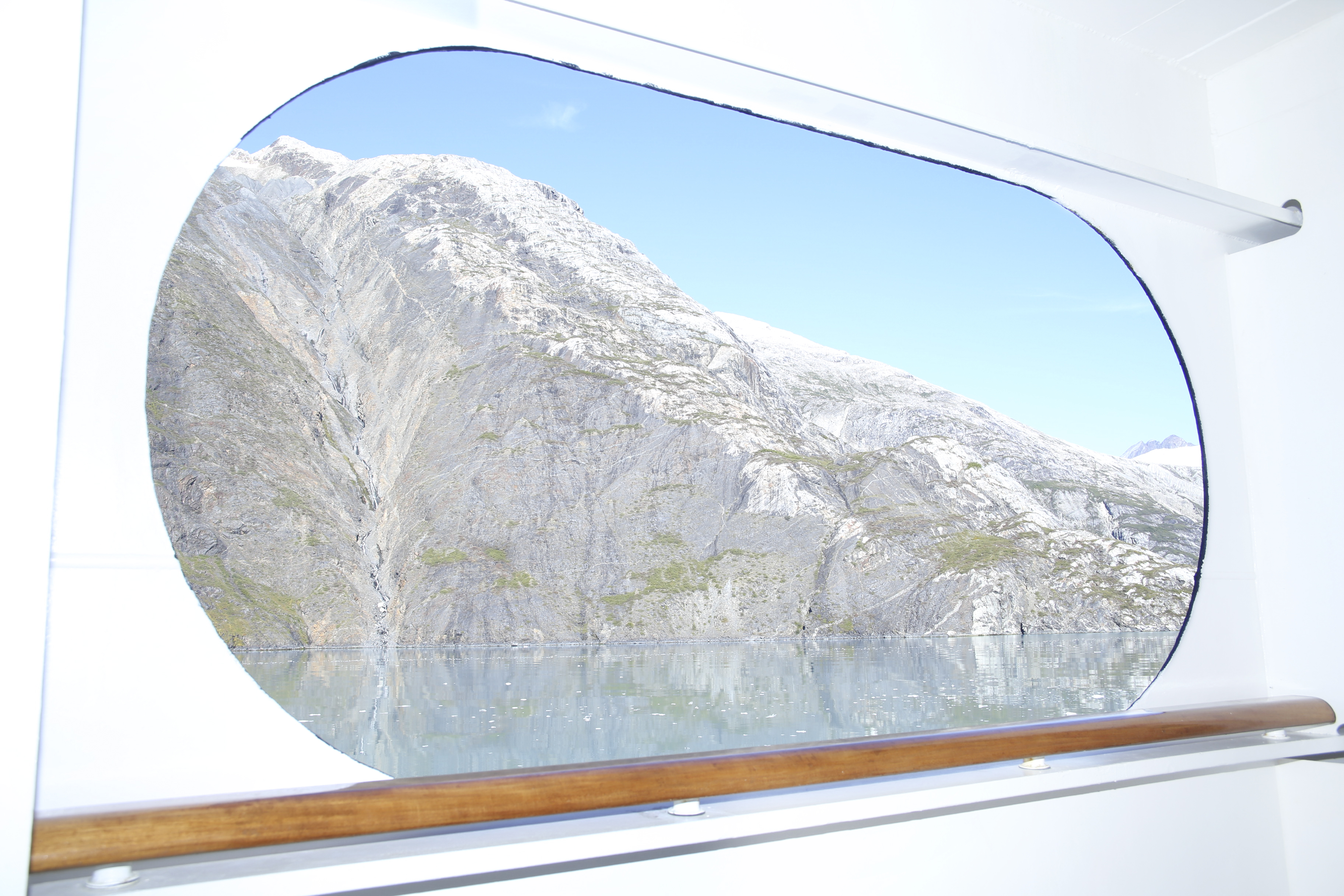
NATURE
The nature aspect of cruise life was integral to my decision in taking this job. I woke up daily to new scenery, and watched through the windows as my workspace sailed past luminous sunsets over palm trees, and icy mountains protruding from glacial waters.
Passenger excursions on land that didn’t fill up were open to crew, if one could find time off (which is directly correlated to your rank—but more on that later). I biked through Alaskan forests, rode a train through the Yukon, and kayaked past glaciers.
I shot thousands of photos a week in dozens of locations, but my favorite pictures to take were of smiling passengers in Glacier Bay National Park in Alaska. Not only was I working on the outer decks of the ship in a beautiful space, but it had the added advantage of not being in the direct view of my manager, which meant I could finally breathe. To some extent.
The photo team consisted of 3-4 staff photographers, and we were all consistently scheduled to photograph the same decks. As you can imagine, with 3-4 photographers shooting the same ship decks for multiple hours, you run out of people to document. We’d spend our extra time sneaking into the inner walls of the ship with hot chocolate meant for the passengers, exploring the scenery through the naturalist’s impressive binoculars, eating the guaranteed grilled cheese sandwiches and tomato soup of the day offered in the passenger dining…but mostly finding crew areas to sit and rack up minutes of rest and prepare ourselves for the non-stop work demands that come with being a cruise ship photographer.
It was in these in between times that I photographed most of the photos in this show. I’d carry a personal SD card and sneak it into my camera when I saw something interesting to document. Many of the crew were eager to have their photo taken, and as a result I racked up a hefty portfolio of crew portraits. For the first couple of months, my manager would allow us to give crew their photos for free. However, when his replacement came aboard he forbade this practice, deeming it wasteful. The exchanges continued nonetheless. I began participating in the ship’s “black market”, stashing prints and digital files, saving dozens of images to individual flash drives, sneaking prints under doors and scheduling late night pick-ups. I sometimes traded prints for high quality steaks and mixed drinks.
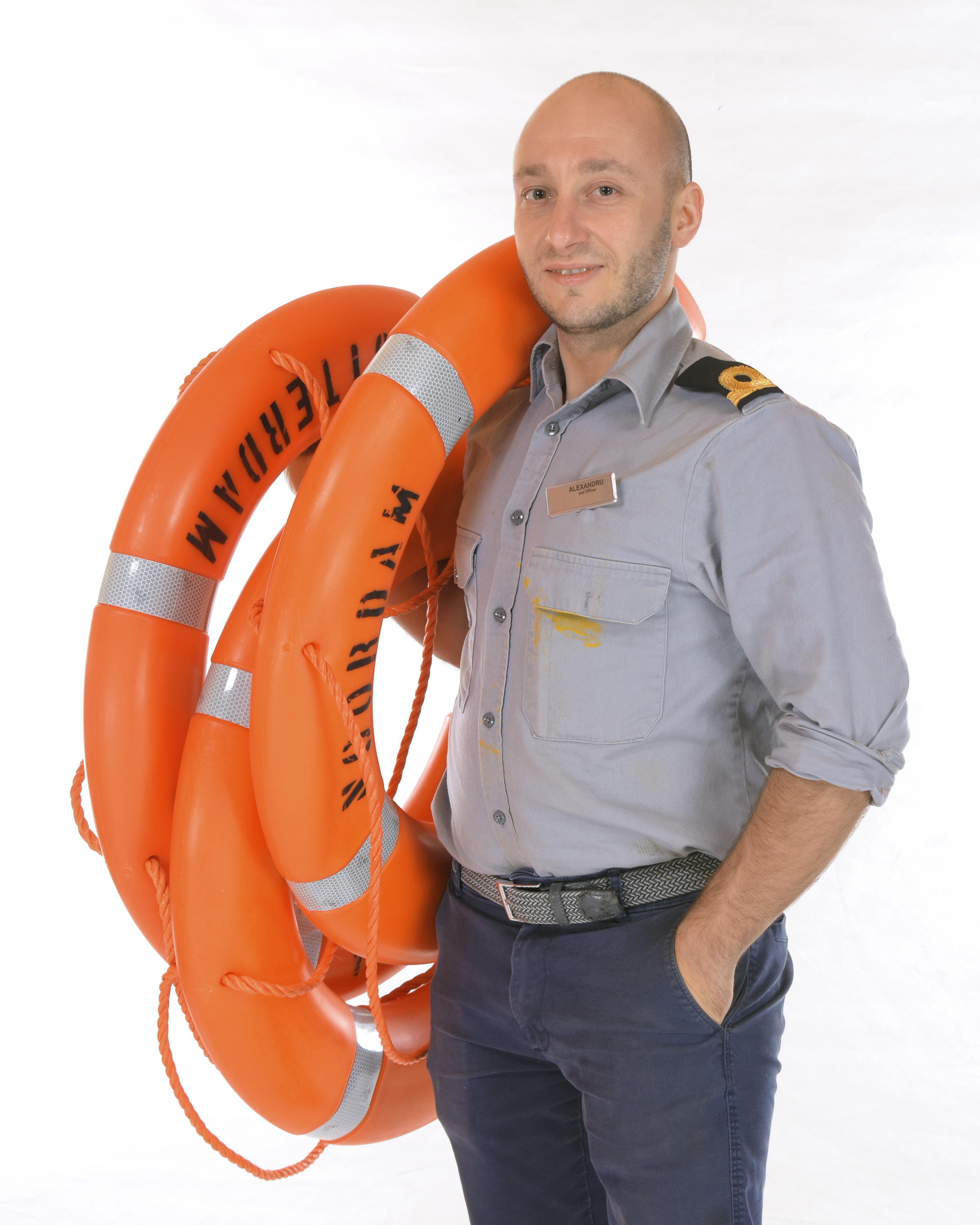


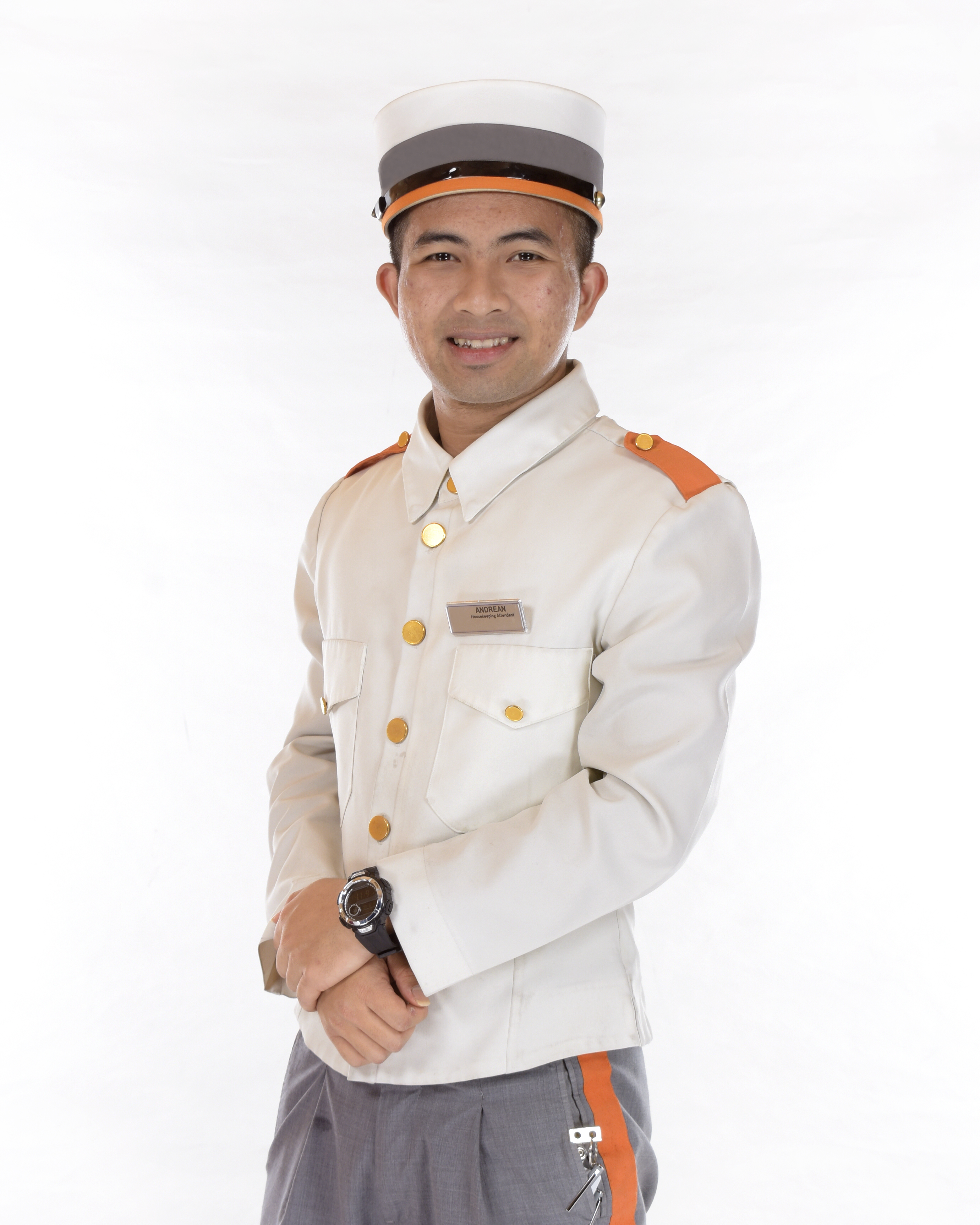
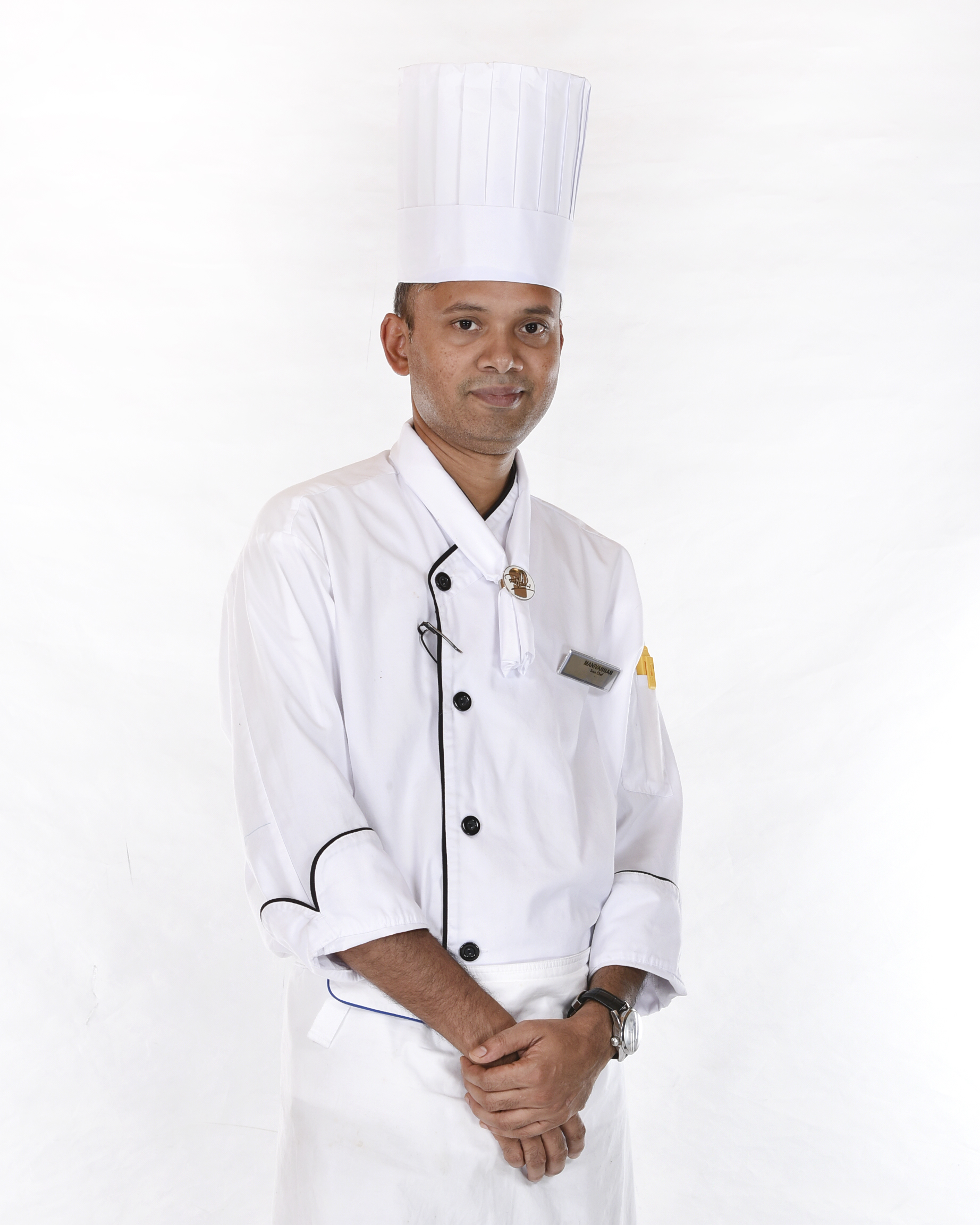
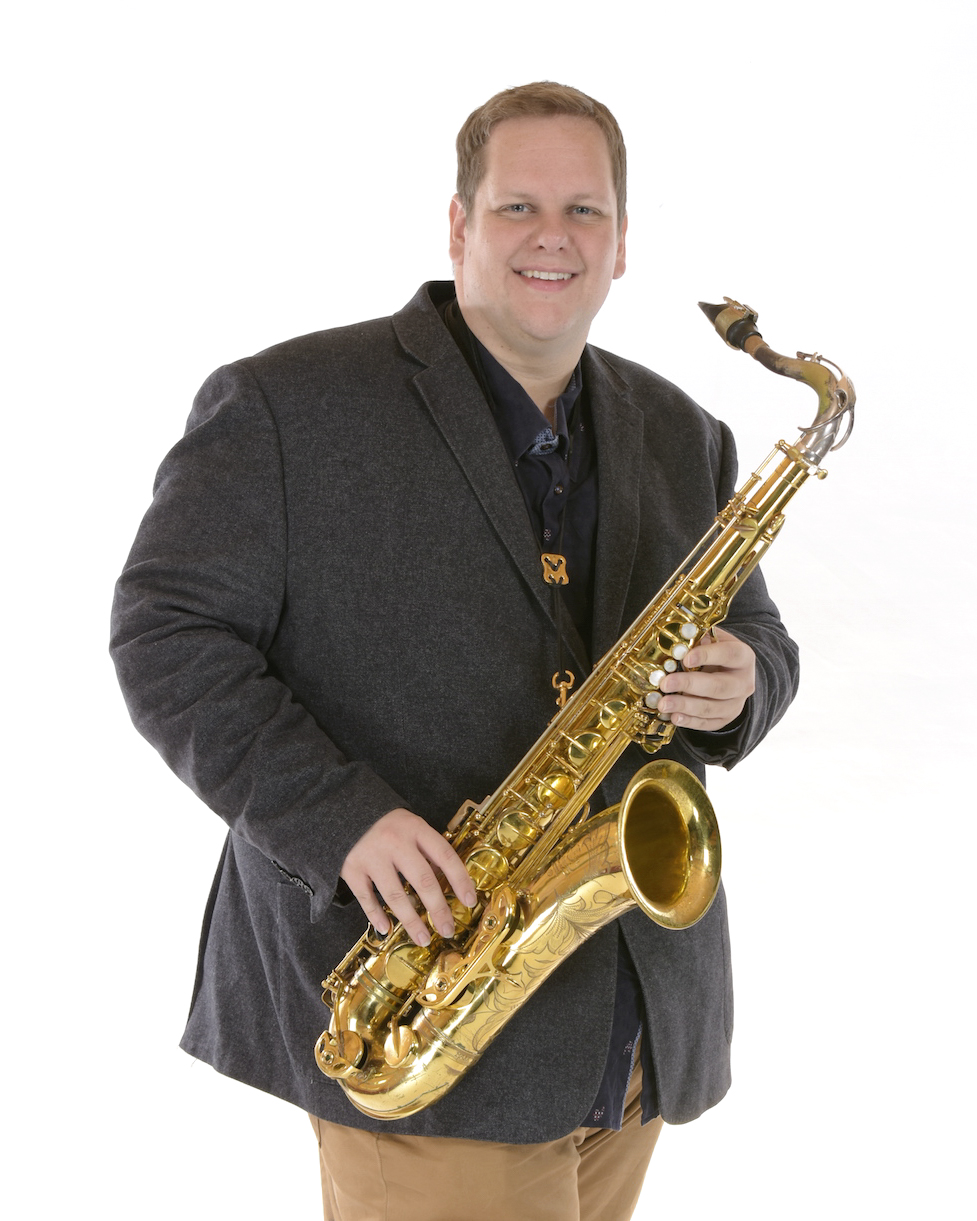


HIERARCHIES/CLASSISM/RACISM
The crew was made up of people from every habitable continent. The ship served as a smaller, more concentrated version of the globe, featuring the same old systemic problems, clashing cultures, and differing ideologies in a much more direct way.
The lowest class work includes kitchen staff, waiters, tailors, housekeeping, bartenders…. Then you have the photographers, spa, shops, art gallery…retail-type work. This is the lowest of the upper class (I believe this rank was called Petty Officer). The next higher level of ranking include the managers of these previously-mentioned positions. Climbing up the hierarchical ladder, we run into the actors, musicians, shore excursion leaders, engineering crew, cruise director, staff captain, and captain. Most of them are Officers. They’re all at the top. (There are dozens of other positions on a cruise ship, these are just to name a few).
As photographers, we were in the middle; right at the line between upper and lower class employees. A large majority of people ranked lower than us were from the Eastern Hemisphere of the world (mostly Southeast Asia). A large majority of the people ranked above us were from the Western Hemisphere—basically anywhere else but Asia.
The ship’s layout emulates its hierarchy. Crew sleeping quarters start on A Deck and below it are B and C Decks. A Deck is at sea level, and your rank determines whether you live above or below the ocean. Above A Deck (Decks 1-9), the higher-ranked crew inhabit passenger rooms, and in some instances are granted guest status. This meant they could wear their own clothes in passenger areas, order room service, and enjoy other prestigious benefits. The captain and highly ranked officers reside on the highest decks the ship have to offer.
Throughout my contract, I asked a multitude of the Asian crew about their experience with this hierarchy. A large number of them told me they found cruise work opportunities through training centers that cruise companies set up in their countries. These centers typically feature only two training fields: housekeeping and food/beverage. Although many of the crew have the necessary skills for higher level positions, they aren’t granted the same access to these fields as people from the Western Hemisphere. This helped explain why every man (always men) assigned to the ship’s bridge (highest level positions), was from Western Europe. I don’t understand how these companies curate their crew so specifically, but the Eastern – Western divide is blatant and pervasive.
This hierarchy has dozens of repercussions that affect one’s day-to-day life on board—one of the more immediate ones being social. Those beneath a certain rank (again, conveniently splitting the Eastern and Western Hemispheres) were denied certain privileges. As a photographer, I was granted access (while in uniform) to the passenger dining area, gym, spa, salon, coffee shop, bars, theatres, and other passenger spaces. Those ranked lower were barred from entering these spaces unless for work purposes.
The ship had three crew dining areas (messes): one for Officers, one for Petty Officers, and one for all other crew. Glancing into the Officer’s dining room, I could make out place settings, cloth napkins, donuts, and sometimes fast food (a hot commodity). In the Petty Officer dining, we were offered meats, vegetables, carbs…great assortments of foods and cheap desserts. Visiting the crew mess, I typically saw soups, meat, and rice. From my perspective, it looked as though they were denied access to variety and health. However, I didn’t hear many complaints from the crew about this.
The ship I sailed on featured two crew bars: the Petty Officer bar (PO) and the Officer Bar (OB). That pesky repetitive rank line dividing the world’s hemispheres also applied to these bars. This resulted in the Asian crew partying in the PO, and the Westerners congregating in the OB. There was definitely cross over, as sometimes the OB partakers visited the PO, but it was only after around 1am that the lower ranks could sneak into the OB without reprisal.
I had a couple of my peers drunkenly tell me I wasn’t technically allowed in the OB (as we were petty officers), but since the men of the OB realized they had a slim picking of women, they granted us entry. I don’t think it crossed their minds to question why more women weren’t hired in the first place.
I could fill pages describing how this ranking system affected daily life aboard the ship, such as the housekeeping crew being responsible for cleaning the rooms of higher-leveled crew, but I’ll end it here.
Experiencing how the ship assigns crew to hierarchical castes in such a small environment gave me a clearer perspective for how similarly national systems function to perpetuate these same hierarchies around the world today.
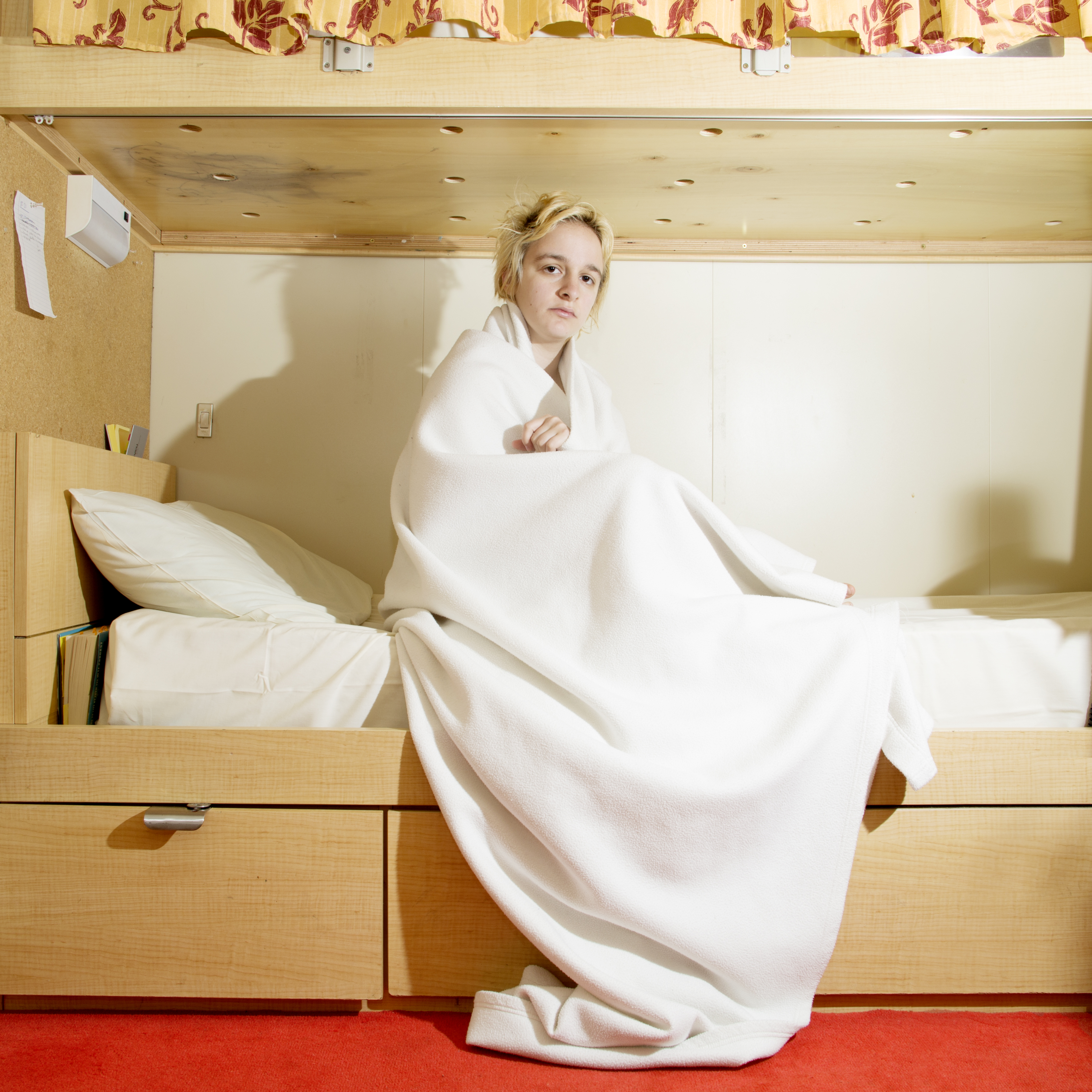
SEXISM, HOMOPHOBIA, RACISM, AND GENERAL DISREGARD
As people’s contracts are constantly beginning and ending, your pool of friends, co workers, and management is continuously changing. I was able to interact with a large variety of people and listen to vastly differing viewpoints. Living on a cruise ship is one of the few places where the world gets a chance to meet, socialize, and interact face to face. I met people who had never met a queer person, to men who left their wives on land and found boyfriends on ships. I saw and experienced blatant sexism and gaslighting, witnessed obvious racism and homophobia. It was a huge slap in the face to realize my US human rights standards were not always comparable to those of other countries. I had a friend tell me, though she found a man attractive, she wouldn’t have sex with him because he was Black. Once, when complaining to a peer about a man that wouldn’t stop harassing me, she suggested I just have sex with him and enjoy the attention. My managers always asked the men to do the lifting, regardless of their size or strength. I was told I wasn’t trying hard enough appearance-wise, was asked why I wore men’s clothing/looked like a man, was regularly explaining my sexuality, was told I was too fat…on the other end I was hit on (sometimes respectfully, sometimes uncomfortably), I confused men by telling them I wasn’t interested, angered men by beating them in foosball, and shocked men by not mentioning a husband in my future plans.My close relationships with Asian crew members were fetishized and questioned—I watched, and inevitably participated, as the Asian men glorified the white women, and the white women tokenized the Asian men. When I struck up romantic relationships with Asian crew, I was told how lucky they were to have me, and was treated as an unattainable prize. On the other hand, people were shocked that I would stoop so low, and assumed I was romantically interested in every other Asian on board.
(Most of these annoyances have happened to me in the US, but in a more secretive and ‘polite’ way, as to avoid law breaking, suing, and social shame. These factors hardly exist on ships.)
What made all of this even more jarring was the fact that I was watching it from my American perspective. Being angry at these actions was presumptuous and somewhat unfair to those from countries that don’t abide by the same rules. It’s wrong, and extremely American, to hold the rest of the world to our standards. To expect them to have similar access to our society, culture, and ideologies is egocentric. Still, there was blatant disrespect that has to be mentioned, but maintaining a global perspective was crucial to at least understand it.
JUDAISM
Being a Jew on board took a larger toll than I expected. To my knowledge, I was the only Jewish crew member of the approximately 1,000-member crew, and many of my peers had never heard of Judaism. In attempts to explain it to them, I told them we were the people Hitler tried to exterminate. How they knew who Adolf Hitler was but not the Jewish people was a surprising realization.
I embarked on the ship at the beginning of the 8-day Passover holiday, and spent much of my free time hunting down a Seder (traditional Passover meal) and weekly (Friday evening/Saturday morning) Shabbat services. I never found a Passover Seder (though I did hear about it later), and after initially being sent to a Catholic Mass by the HR rep, I did discover where Shabbat services were held. On the first Friday night I attended, I was the only crew or passenger that showed, so I took the wine and challah bread and ate it in my room alone, where I sang prayers that I recalled. It was sad as hell. This pattern kept up for about a month. Once we got to Vancouver, passengers began attending the services and I was able to enjoy services with a new group of people each week. I met Jews from all over the world, and since it was a passenger-run service, I was able to enjoy a variety of different styles of Shabbat.
The increase in Jewish passengers occurred around the same time that my first manager disembarked and our new one arrived onboard. He had his own set of rules, and decided he would not allow me to miss 45 minutes of important work time for the Friday night Shabbat services. After reviewing binders on maritime law provided by the ship, writing letters to higher-ups, and missing services for several weeks, I was finally given permission by the ship’s captain to miss some work and attend services on Friday evenings.
After my manager saw that I was making great connections with the Jews aboard, he tried to get me to use these connections to sell our photography during the services from which he had tried to bar me from.
THE CREW
The relationships you make in a space as secluded and involved as a cruise ship are unique. As previously mentioned, every inhabitable continent was represented on the ship, so you’re exposed to a diverse number of perspectives. Adding to this, you exist on an isolated vessel 24/7 for months at a time, living two to a room in extremely small quarters. This typically leads to heavy involvement in many aspects of your peers’ work, social, and personal lives.
Because the crew continuously rotates, friend groups change quickly and pastimes adjust accordingly. During my first months, I spent most nights in the OB (Officer Bar) playing darts and card games with other photographers, dancers, musicians, and officers. As the crew shifted and my time on board lengthened my exploration expanded. Shortly after “the crossing”, I befriended a man who worked as an assistant cook. He introduced me to two of his friends, and from there my peer group broadened.
Our typical night began in the PO (Petty Officer Bar) eating the unserved passenger food brought down by kitchen crew. I’d watch as they unraveled tin-foiled steak, lobster, and intricate pasta dishes. We’d order beers and sometimes I’d bring my guitar and we’d jam. Later on, when we were all good and drunk, we’d walk up to the OB. Since most of my companions were lower-ranked they weren’t allowed entry, but no one usually cared after 1 am. Up there, we’d play darts, cards, queue music on the jukebox…. If we stayed out late enough, we’d sometimes sneak into the bakery, swiping freshly-baked croissants off the cooling racks.
There was more to do than just drink, but drinking was typically involved. There were open mic nights, crew parties, Independence Day celebrations, pool and foosball…. We’d spend a night in our rooms watching TV, gather at the ship’s bow to photograph the Northern Lights, or catch up on sleep that we were all desperately lacking.
From the open mic nights, I learned that several of my friends were musically talented and we started a band. Although our music interests barely overlapped, we found common ground in playing the music of No Doubt, Paramore, and the Beatles. We sought out opportunities to play for crew and performed in the PO during parties and bar nights.
The last thing I want to bluntly mention is the copious amount of sex on a cruise ship. This may have to do with the literal reality of being stuck on a ship with the same 1,000 or so people for large chunks of time, or the high amount of alcohol intake daily by most crew. There’s a general consensus that cheating on the sea doesn’t ‘count’, so infidelity runs rampant. STDs, sexual assault and rape are common on these vessels as well, so being careful was as, if not more, important on board.
Despite all of this, dating on the ship was largely practiced, and a number of crew begin long-term relationships in their contracts that continued to land after their contracts had ended.
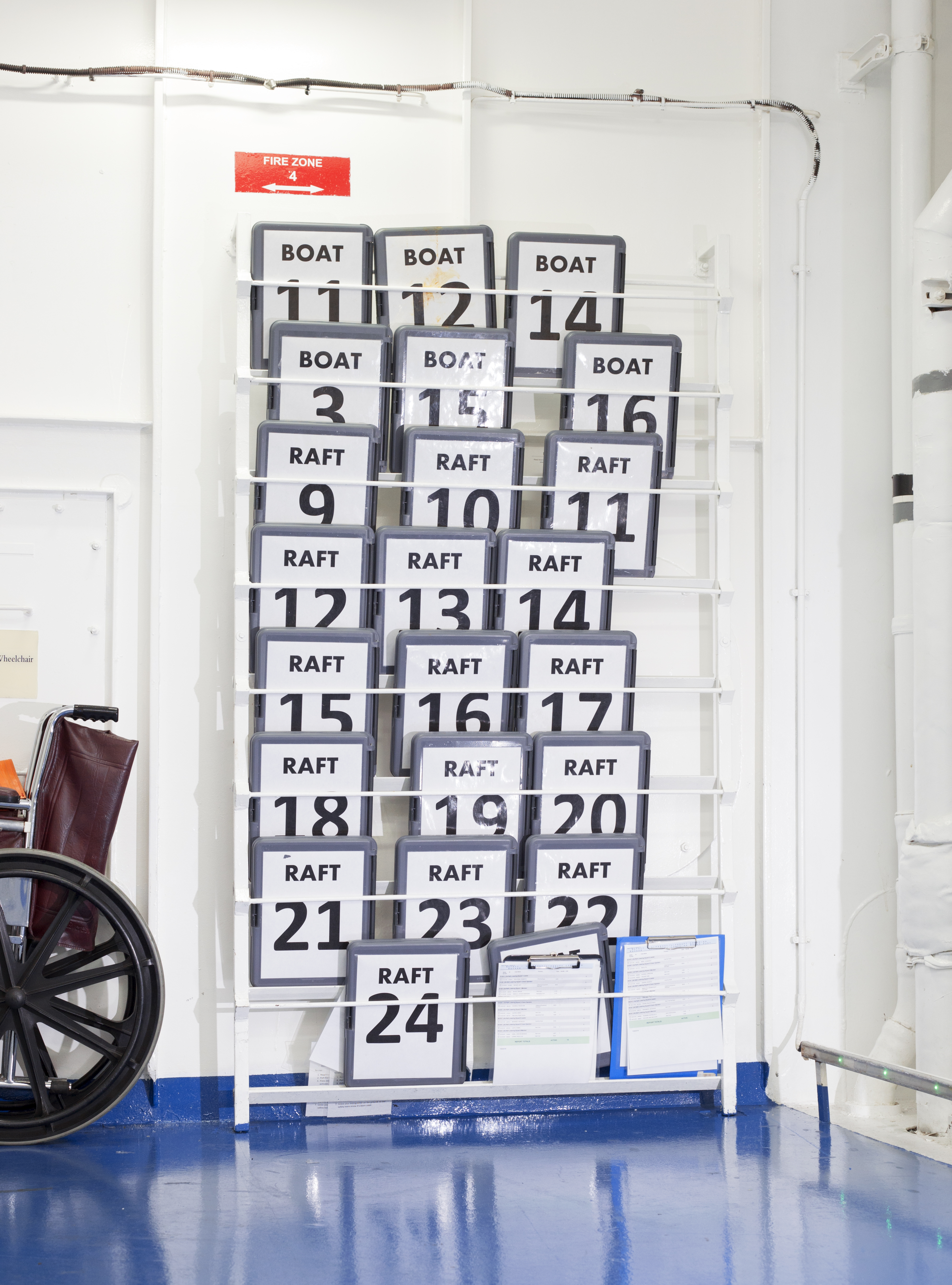
SAFETY
Probably the most boring part of my job was the safety trainings. The repetitive practice of drills and never-ending classes and exams were terribly monotonous, and took away from any breaks we managed to obtain. The mandatory passenger drill of each cruise (usually weekly) was always the most eventful, as all 1,200 passengers and 1,000 crew members were required to participate. This inevitably led to confusion and sometimes chaos. From me repetitively warning passengers of the small step ahead, to passengers repetitively tripping over that same small step, sometimes out of their wheelchairs, led to cursing or emergency. For some reason, standing at my assigned post in a life jacket gave people the impression that I was a human stress ball, and I spent much of my time swatting passengers hands away from squeezing my cheeks.
It wasn’t until my last week on the ship when we were shown a video of the 2012 Costa Concordia cruise ship disaster. The video spliced together footage that passengers and crew had taken as the ship capsized, and the captain abandoned ship, leaving everyone else clueless and frantic. As I stared at the screen with my jaw nailed to the ground, I questioned why the hell they hadn’t shown me that video in my first week.
HEALTH
Staying healthy on a cruise ship was difficult. With no direct kitchen access, you’re at the mercy of the food provided, or self-purchased non-perishables. Since the passengers were only eating on board for a short period of time, the food was deliciously doused in butter and salt—wonderful for a couple weeks, terrible for months at a time.
Many of the positions, photographers included, required crew to stand and work for long periods of time with limited breaks. This took a huge toll on our bodies—for me, my back and feet were in constant misery. One of my co-workers became ill a few months into her contract, and for weeks afterwards was pushed hard, and expected to continue working her shifts for weeks before she was sent home because of an inability to diagnose. When I had a fever and was quarantined to my room (for fear of spreading disease), I was urged by my manager to get better as quickly as possible. When I wasn’t better after 24 hours, I was hydrated through an IV to expedite the healing process. It was obvious that our health was pushed aside, and work output sat front and center.
Your rank greatly affected your workload and allotted time off. Depending on your position and level (and manager’s scheduling leniency), you could be worked for 15 consecutive hours without a substantial break. I watched as the higher ranked crew left for 6-hour excursions throughout Alaska’s nature, and I sat with the cooks at local bars while they savored their 2-hour breaks. Also in line with your rank is the duration of your contract. Food/beverage, housekeeping, and other positions of that sort were typically 9 or 11 months, retail 6 months, and performers and other higher ups 2-4 months. Crew below a certain level (including myself) were not granted a single day off throughout the entire contract. After existing in this reality for some time, I realized how much I missed and yearned for things I had taken for granted, like the weekend and a window.
On a cruise ship, you are constantly in the company of others. From the passengers to the crew, finding time alone is challenging, but highly important to one’s well-being. My best spot was against the floor-to-ceiling windows on Deck 2 (passenger area). I would close the curtain and sit on the foot-wide ledge, flush against the glass with nothing to see but ocean and sun. Since it was a passenger area, sometimes someone would open the curtains, but if I didn’t move, they’d finish admiring the scenery and walk away leaving me undisturbed. At some points the workload got so consuming, that I would avoid falling asleep, knowing that when I awoke, I’d have to do it all over again.
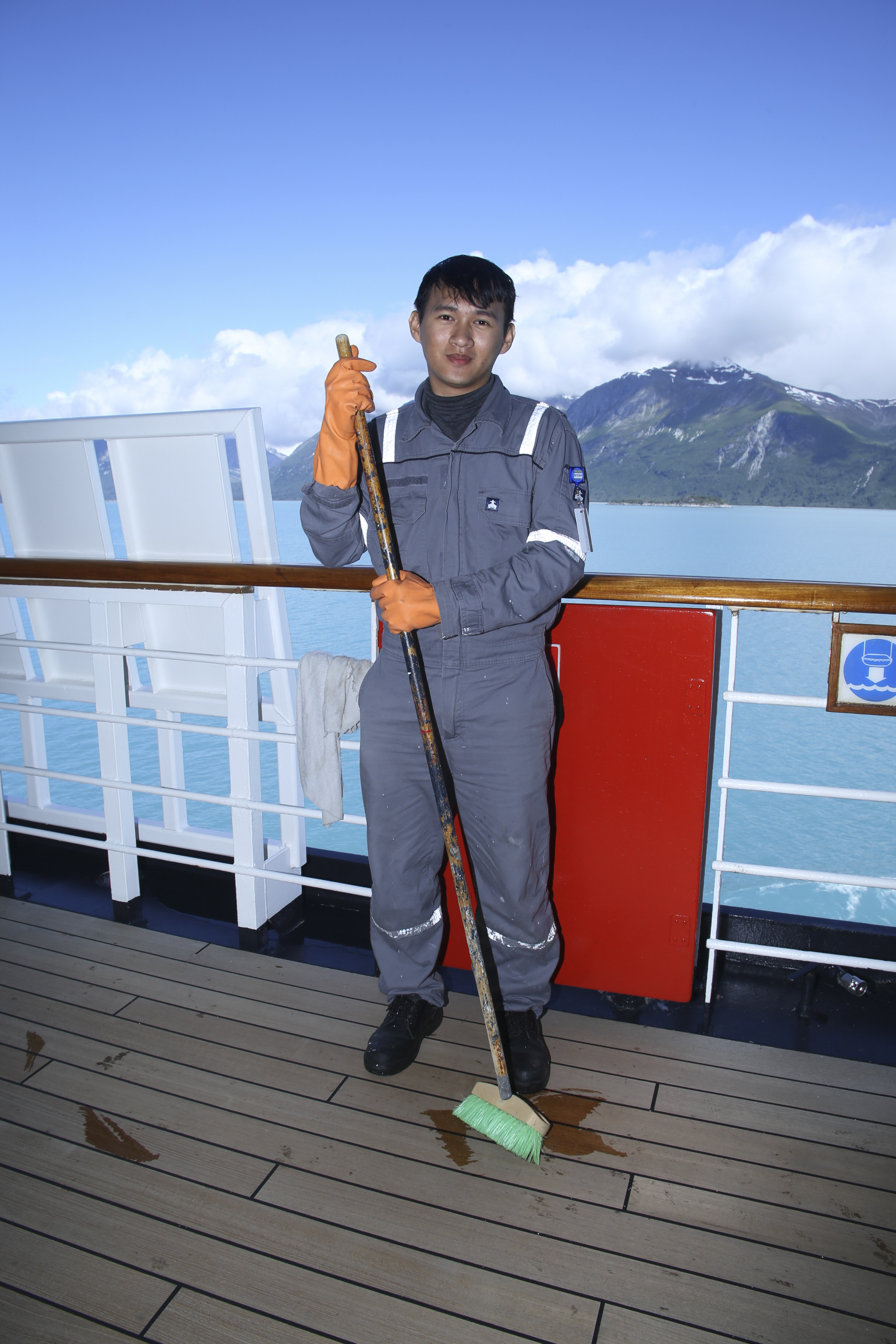
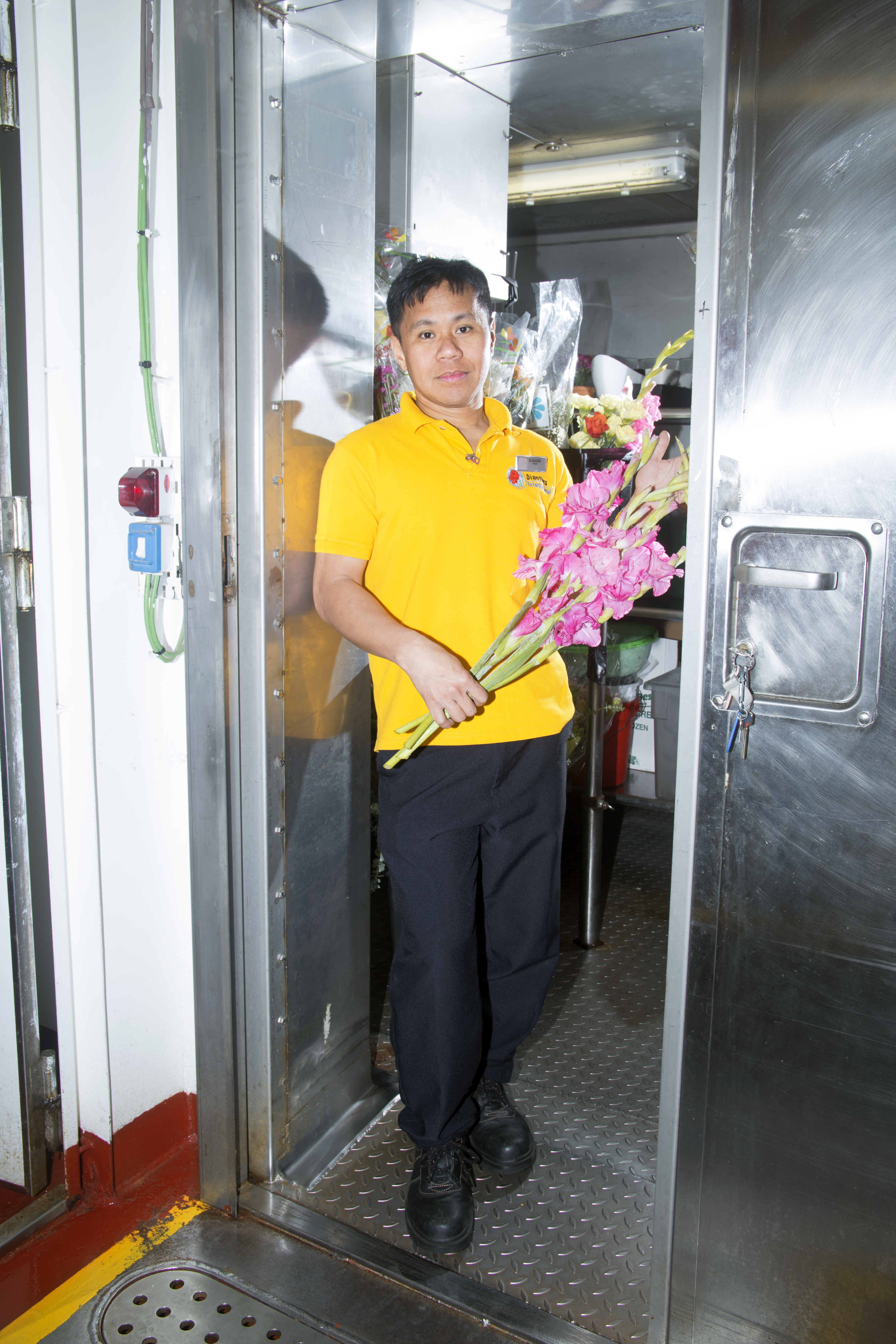
POSITION RESPONSIBILITIES
This is where I’ll explain most of the duties I had as a ship photographer.
The photo team consisted of about 8 crew: 3-4 staff photographers, 2 high quality portrait photographers, assistant manager, and manager. I was one of the 4 staff photographers. Most of our time was spent taking those cheesy portraits in front of backdrops and natural scenery. We did some green screen, some formal portraits in front of gorgeously painted canvas backdrops, photos taken on the main staircase, in the dining room…basically anywhere we could. Before too long, most of the passengers patience had been repeatedly tested by our aggressive approach, and would either yell at us to go away or just completely ignore us.
In every port of call, we’d shoot passengers disembarking next to a mascot, which varied between a dilapidating white bear, black bear, moose, and eagle. Because of some law in Alaska (where I spent my last 3 months), only US citizens were allowed to work off the ship, leaving me, the only American on the photo team, to do the port of call shoots. This entailed pleading with the 15 or so other US citizen crew members on the ship the night before to wake up around 5am to don the mascot uniform and pose with willing (and unwilling) passengers, rain or shine. There was a morning that was so cold, I desperately shoved handwarmers down my bra to stop shivering and steady my hands for photo taking. On the positive side, absent from supervision, I was able to play my own music and dance throughout the shift. I was also able to socialize with the local dock workers and crew members that I didn’t typically work near. Best of all, my manager wasn’t present—though he sometimes told me later that he had been watching me from the ship decks.
This same law affected embarkation day every other week. In short, this meant I was the only photographer in charge of documenting around 1,200 passengers in the span of 7 hours. As I was interacting with tired passengers with a great deal of forced energy for hours straight, my mood shifted massively throughout that time. There were moments where I was aggressively dancing to The Cars on repeat, to squatting in a corner cry-laughing my way through the next herd of people.
Throughout every shoot, my principal job was to endlessly coax as many passengers as I could to pose for photos. We were trained and incentivized to convince passengers to let us shoot them repeatedly. We learned speech techniques to trick passengers into being photographed. For example, we were taught to instruct—not ask—passengers to immediately pose, so that they didn’t believe they had a choice. I felt like I was more of a salesperson than I was a photographer.
Besides shooting, the photo staff was expected to sell the photos taken, alongside selected retail items such as binoculars, cameras, and other technical accessories. One pro to working the photo/sales desk was the social aspect. I had the chance to talk with passengers from all over the world, learning about their lives, love stories, careers…. I also had opportunities to practice my French. I collected a bunch of business cards and letters, along with a few tips. Every week provided opportunities to get to know different families, single vacationers, and combinations of the sorts. Of course, these interactions could be taken too far, as I’d have a number of (somehow, always) older men marching up to the counter ready to show me the hundreds of photos they had taken of whales that day. They would mansplain their camera settings to me, seemingly ignoring the fact that I was currently working in the job that they were attempting to teach me. I would smile and compliment their dedication to the art.
Most evenings we’d set up a portrait studio for casual photos. Although the photo manager constantly pressured us to shoot more passengers, the ultimate goal was to persuade them to try out our high-end portrait experience. This consisted of an intimate black and white photoshoot done in a private studio. It was the highest priced photography product on the ship, and therefore our most important. We were taught ways to identify moneyed passengers. I was told to look at jewelry, shoes…different things that could tell me what social class they resided in, and if they were wealthy enough to drop $2,000 on photos. We were instructed not to bring any passengers from India, as we were told they were frugal and bargainers. When an Indian woman asked me about this expensive photo experience, I sent her to one of our photographers. After the shoot, the photographer yelled at me for wasting her time by bringing an Indian family into her studio. As it turned out, the Indian family purchased the most expensive package. Interestingly, the photographer never acknowledged it.
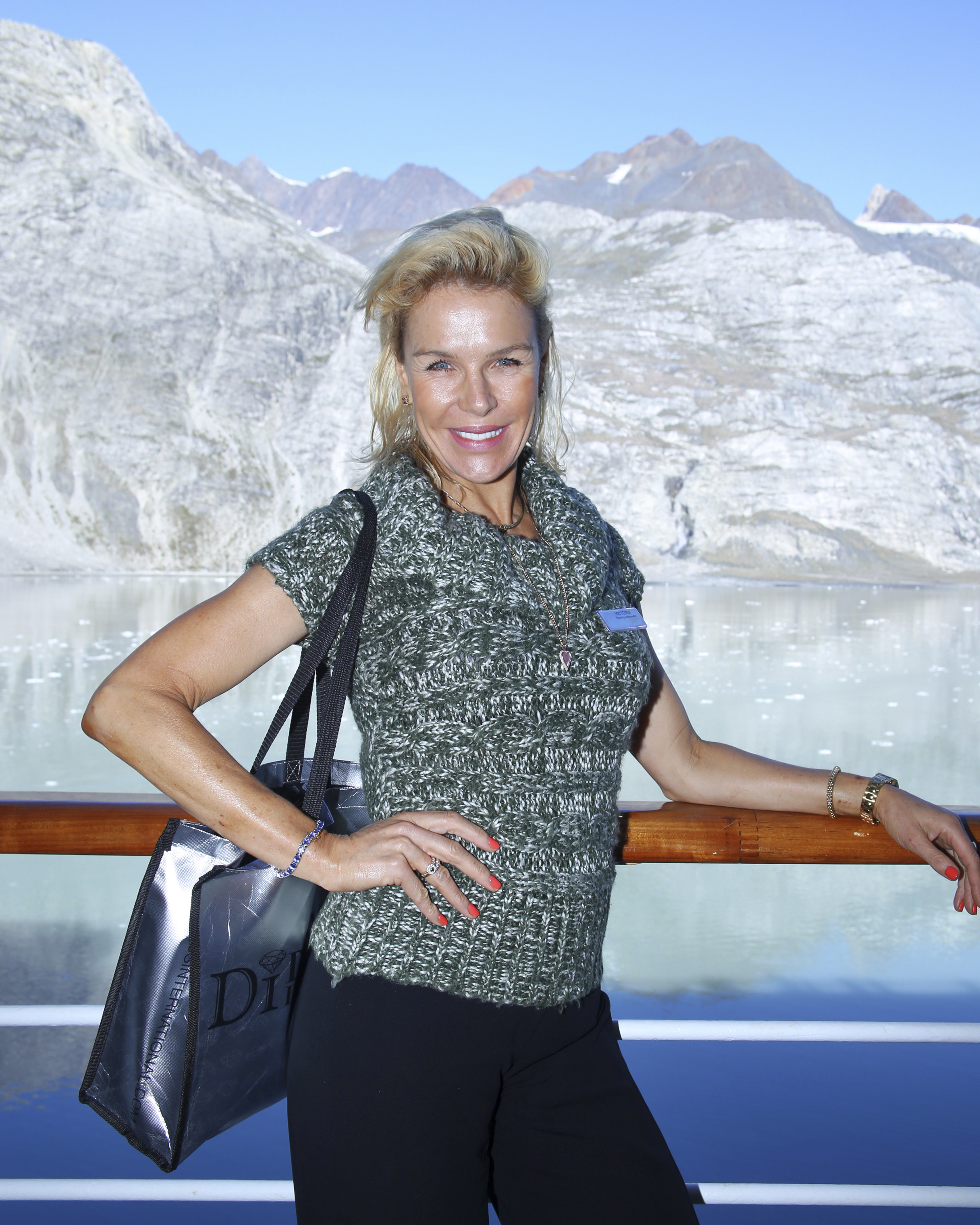
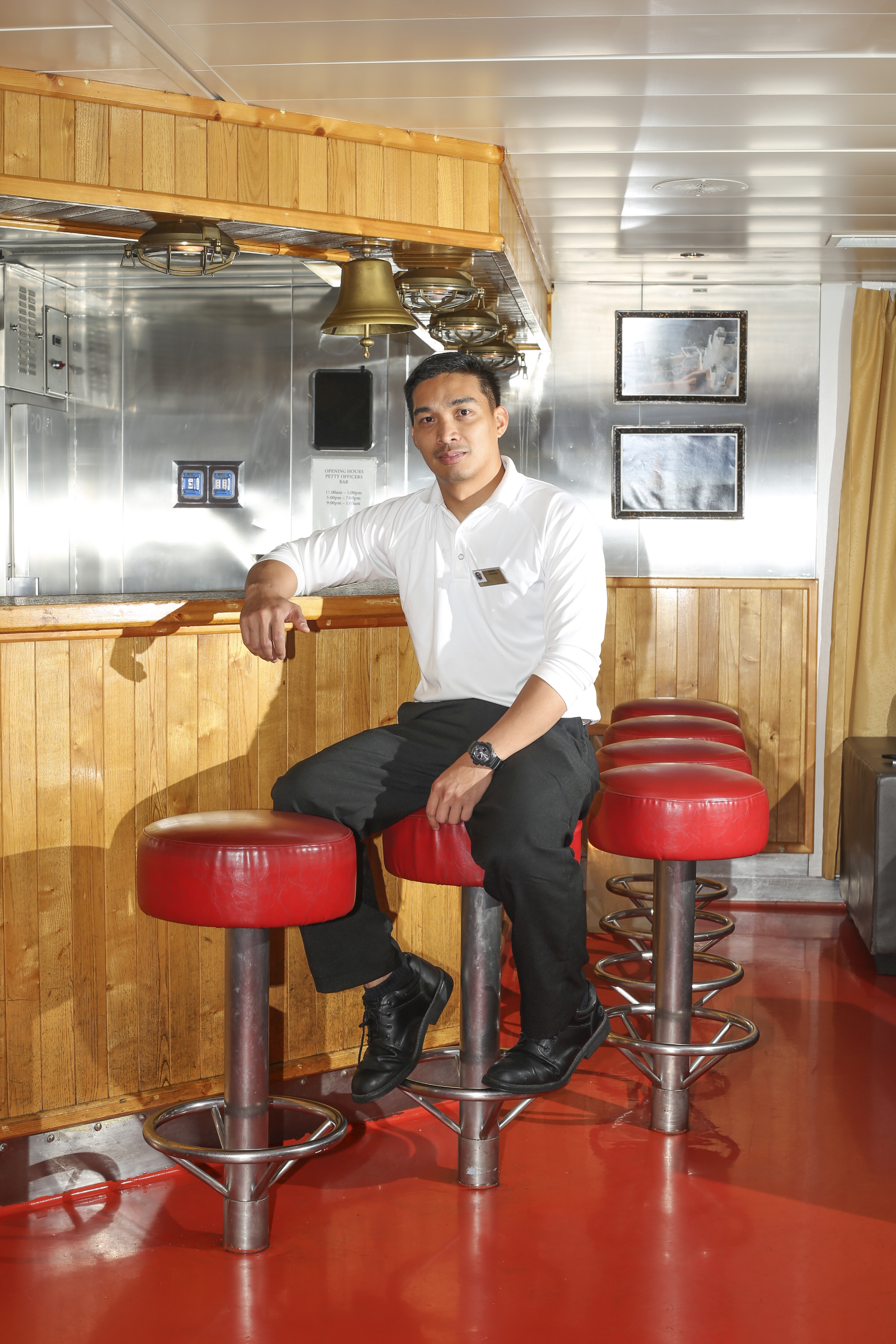

INSTALL
Photos by: Shannon Lowe
